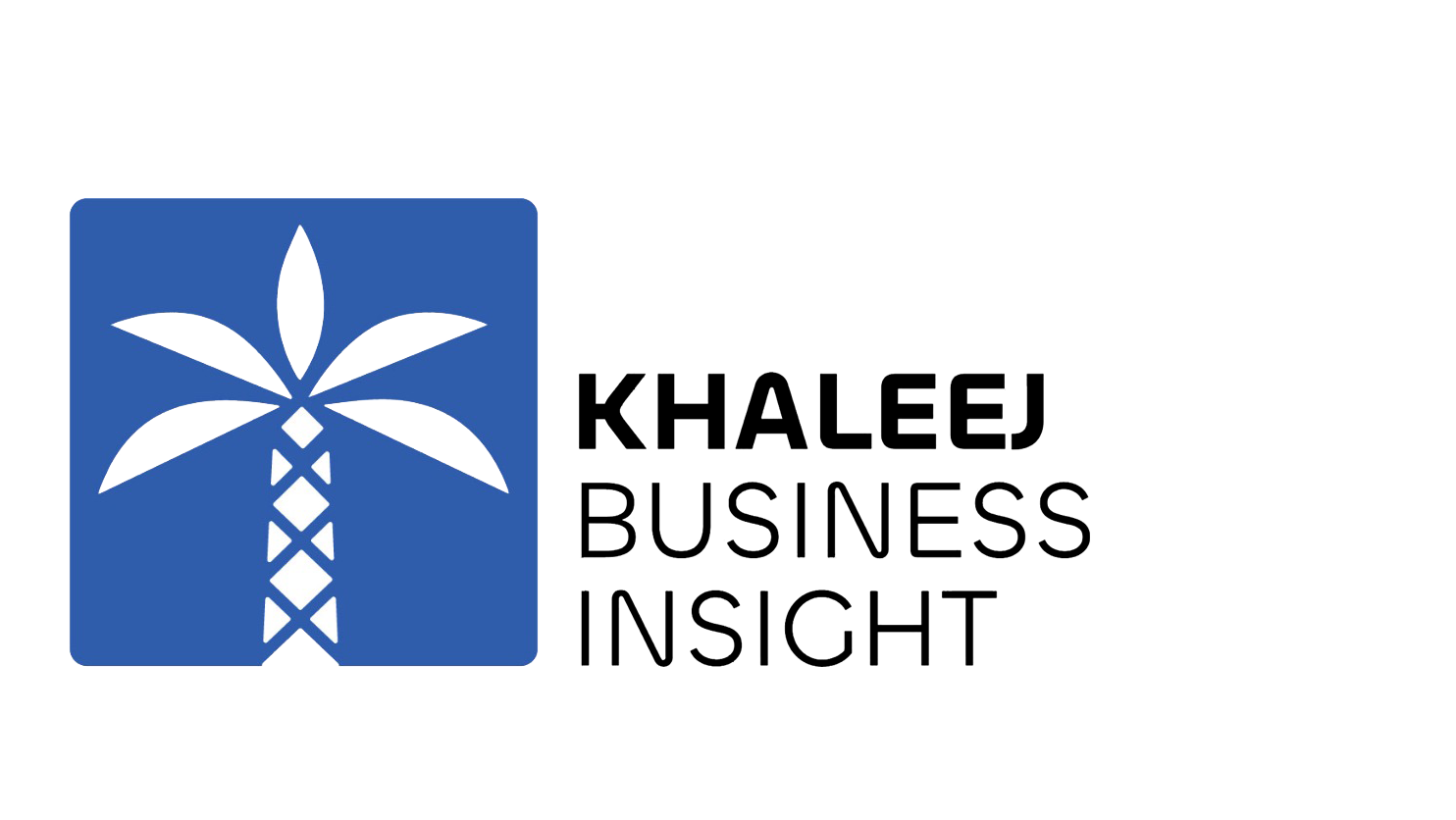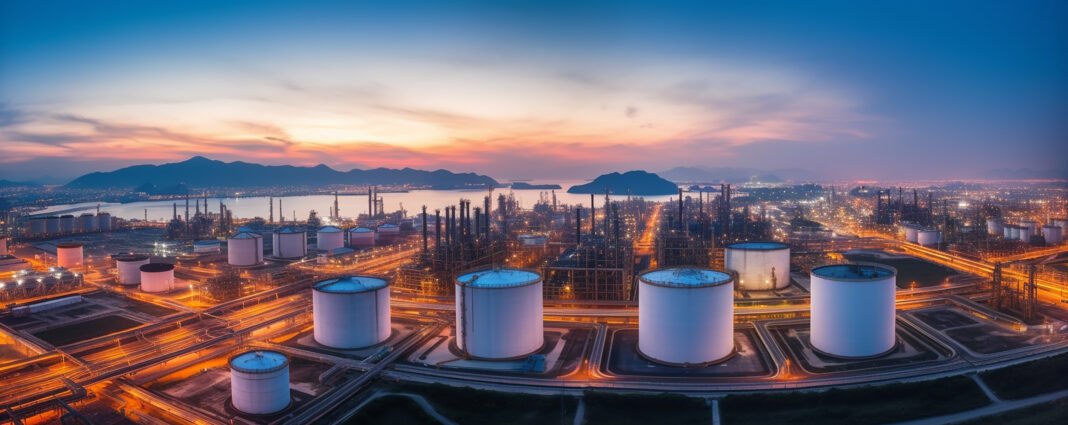Qatar is broadening its energy footprint by moving strongly into the global minerals market. This expansion reflects the nation’s long-term strategy to diversify beyond hydrocarbons and secure its economic future. As a result, Qatar energy strategy is becoming a central driver of transformation across the region.
The Middle East and North Africa region continues to face pressure to diversify economies. Hydrocarbons still dominate national outputs, but leaders now see diversification as both urgent and profitable. Therefore, many countries are channeling capital into new industries, particularly critical minerals and clean energy.
Qatar’s sovereign wealth fund, the Qatar Investment Authority, has emerged as a global leader in this shift. The fund holds a major stake in commodities giant Glencore and has invested in companies like TechMet and Rainbow Rare Earths. Moreover, these moves connect Qatar directly to vital supply chains for the global energy transition. Consequently, Qatar energy strategy is gaining international recognition for its depth and ambition.
Regional sovereign wealth funds collectively manage trillions of dollars in assets. They now direct much of this capital toward mining, refining, and clean energy infrastructure. Saudi Arabia’s Public Investment Fund and other national vehicles are following similar paths, acquiring overseas mineral assets and investing in electric vehicle industries. Additionally, these funds are not seeking quick profits but are pursuing long-term gains aligned with the energy transition.
Although MENA cannot match regions like South America or Australia in mineral reserves, it holds valuable assets. Morocco remains a global leader in phosphate reserves, essential for battery production. Similarly, Saudi Arabia advances rapidly in copper, gold, and rare earths. At the same time, new extraction technologies could allow the region to unlock lithium from oilfield brines, using existing hydrocarbon infrastructure for future supply chains.
Electric vehicle adoption in MENA remains low, yet growth targets show clear ambition. The UAE already leads regional adoption, while Morocco and Saudi Arabia pursue large-scale production plans. Consequently, the region is aligning its mineral investments with a rapidly developing EV industry.
Industry experts stress that the energy transition offers opportunities, not threats. With strong resources, large capital reserves, and growing expertise, the region can shape the future global energy system. Qatar’s leadership in mineral investment places it at the heart of this transformation. Furthermore, Qatar energy strategy highlights how diversification ensures resilience and long-term prosperity.





